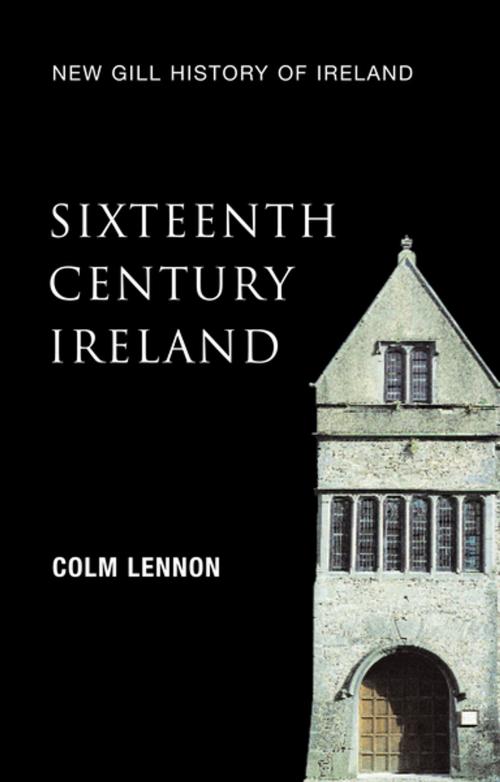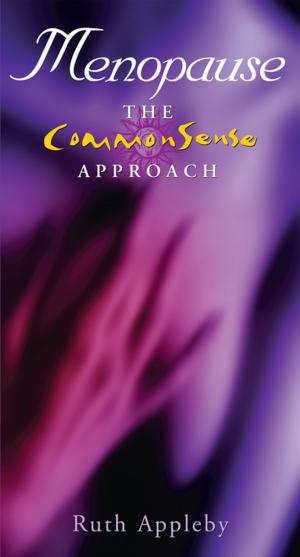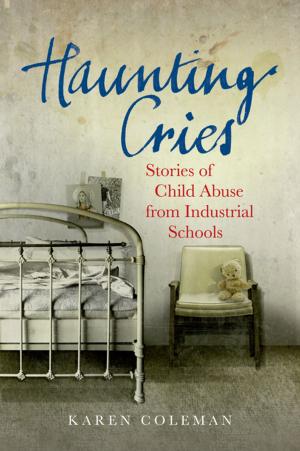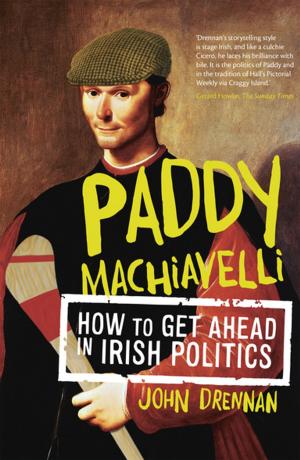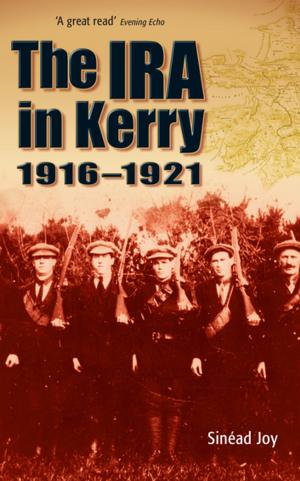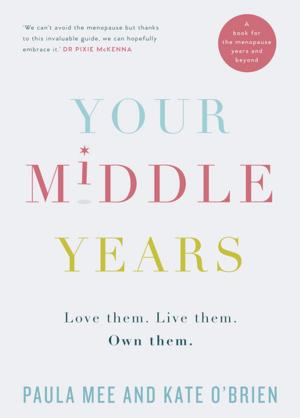Sixteenth-Century Ireland (New Gill History of Ireland 2)
The Incomplete Conquest – Irish Landlords and the Extension of English Royal Power
Nonfiction, History, Ireland, Modern| Author: | Colm Lennon | ISBN: | 9780717160402 |
| Publisher: | Gill Books | Publication: | September 27, 2005 |
| Imprint: | Gill Books | Language: | English |
| Author: | Colm Lennon |
| ISBN: | 9780717160402 |
| Publisher: | Gill Books |
| Publication: | September 27, 2005 |
| Imprint: | Gill Books |
| Language: | English |
Colm Lennon’s Sixteenth-Century Ireland, the second instalment in the New Gill History of Ireland series, looks at how the Tudor conquest of Ireland by Henry VIII and the country’s colonisation by Protestant settlers led to the incomplete conquest of Ireland, laying the foundations for the sectarian conflict that persists to this day.
In 1500, most of Ireland lay outside the ambit of English royal power. Only a small area around Dublin, The Pale, was directly administered by the crown. The rest of the island was run in more or less autonomous fashion by Anglo-Norman magnates or Gaelic chieftains.
By 1600, there had been a huge extension of English royal power. First, the influence of the semi-independent magnates was broken; second, in the 1590s crown forces successfully fought a war against the last of the old Gaelic strongholds in Ulster.
The secular conquest of Ireland was, therefore, accomplished in the course of the century. But the Reformation made little headway. The Anglo-Norman community remained stubbornly Catholic, as did the Gaelic nation. Their loss of political influence did not result in the expropriation of their lands. Most property still remained in Catholic hands. England’s failure to effect a revolution in church as well as in state meant that the conquest of Ireland was incomplete. The seventeenth century, with its wars of religion, was the consequence.
Sixteenth-Century Ireland: Table of Contents
- Town and County in the English Part of Ireland, c.1500
- Society and Culture in Gaelic Ireland
- The Kildares and their Critics
- Kildare Power and Tudor Intervention, 1520–35
- Religion and Reformation, 1500–40
- Political and Religious Reform and Reaction, 1536–56
- The Pale and Greater Leinster, 1556–88
- Munster: Presidency and Plantation, 1565–95
- Connacht: Council and Composition, 1569–95
- Ulster and the General Crisis of the Nine Years’ War, 1560–1603
- From Reformation to Counter-Reformation, 1560–1600
Colm Lennon’s Sixteenth-Century Ireland, the second instalment in the New Gill History of Ireland series, looks at how the Tudor conquest of Ireland by Henry VIII and the country’s colonisation by Protestant settlers led to the incomplete conquest of Ireland, laying the foundations for the sectarian conflict that persists to this day.
In 1500, most of Ireland lay outside the ambit of English royal power. Only a small area around Dublin, The Pale, was directly administered by the crown. The rest of the island was run in more or less autonomous fashion by Anglo-Norman magnates or Gaelic chieftains.
By 1600, there had been a huge extension of English royal power. First, the influence of the semi-independent magnates was broken; second, in the 1590s crown forces successfully fought a war against the last of the old Gaelic strongholds in Ulster.
The secular conquest of Ireland was, therefore, accomplished in the course of the century. But the Reformation made little headway. The Anglo-Norman community remained stubbornly Catholic, as did the Gaelic nation. Their loss of political influence did not result in the expropriation of their lands. Most property still remained in Catholic hands. England’s failure to effect a revolution in church as well as in state meant that the conquest of Ireland was incomplete. The seventeenth century, with its wars of religion, was the consequence.
Sixteenth-Century Ireland: Table of Contents
- Town and County in the English Part of Ireland, c.1500
- Society and Culture in Gaelic Ireland
- The Kildares and their Critics
- Kildare Power and Tudor Intervention, 1520–35
- Religion and Reformation, 1500–40
- Political and Religious Reform and Reaction, 1536–56
- The Pale and Greater Leinster, 1556–88
- Munster: Presidency and Plantation, 1565–95
- Connacht: Council and Composition, 1569–95
- Ulster and the General Crisis of the Nine Years’ War, 1560–1603
- From Reformation to Counter-Reformation, 1560–1600
